KEEP UP WITH OUR DAILY AND WEEKLY NEWSLETTERS
PRODUCT LIBRARY
explore the design and architecture of the paris 2024 olympics, as well as the city shows coinciding with the games.
connections: +610
TERRA COSMOS deciphers new desires and expectations of consumers in search of awe-inspiring experiences through a vision of the future.
connections: 1
as visitors press the keys, a gooey liquid is brought to life, dancing hypnotically in sync with the chilling tunes.
connections: +250
watch iF Design's panel - power of place - livestreamed and moderated by designboom during NYCxDesign 2024.
connections: 90
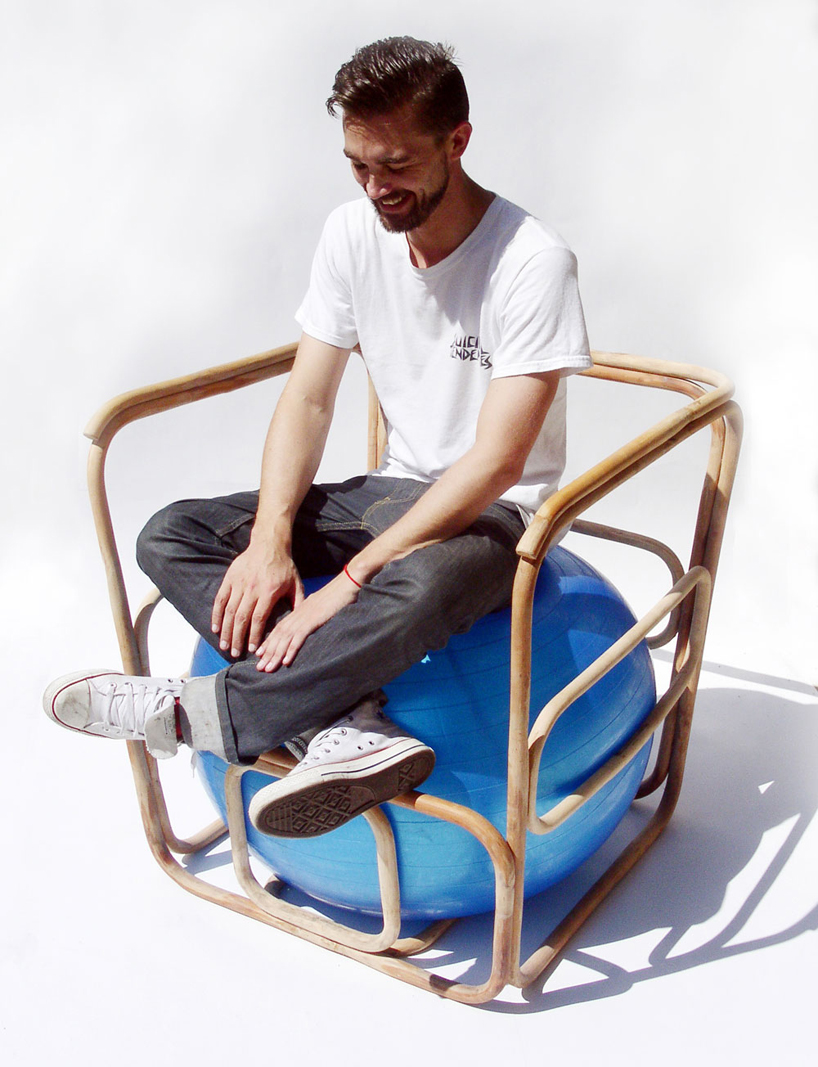
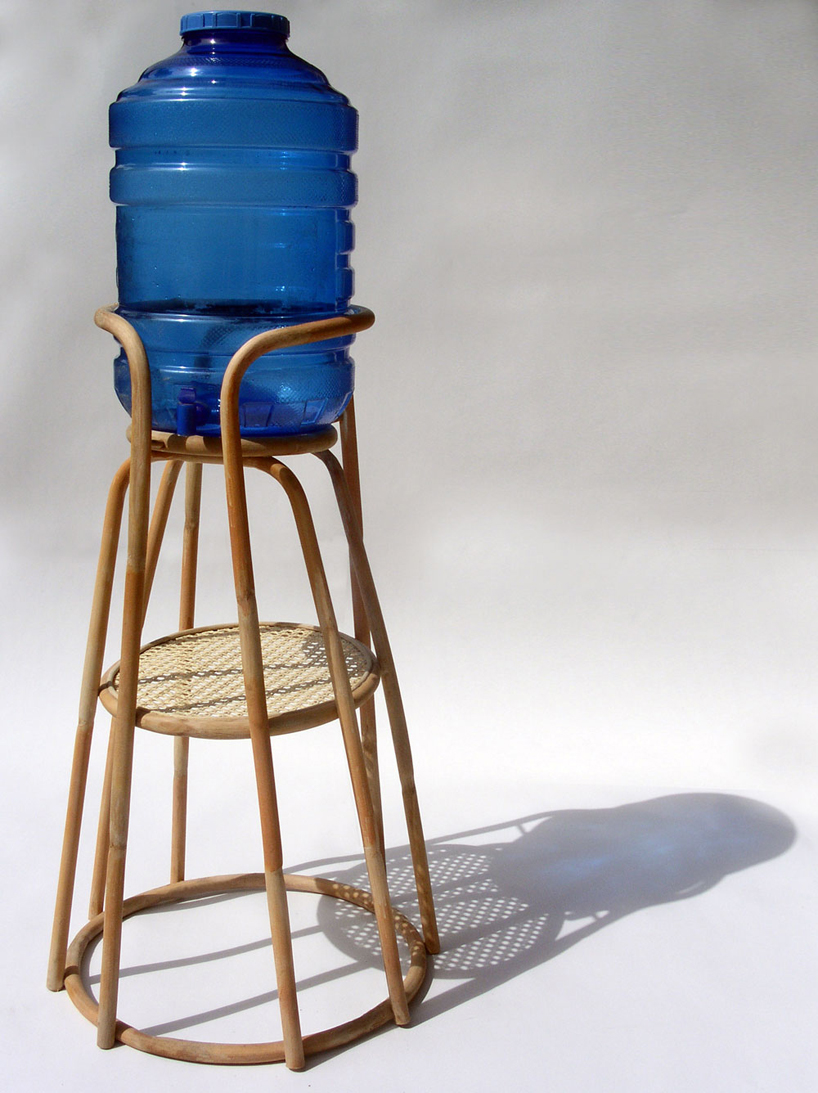 a rattan stand that serves to hold a water cooler container designed by: per brolund and em riem image © WWF / per brolund
a rattan stand that serves to hold a water cooler container designed by: per brolund and em riem image © WWF / per brolund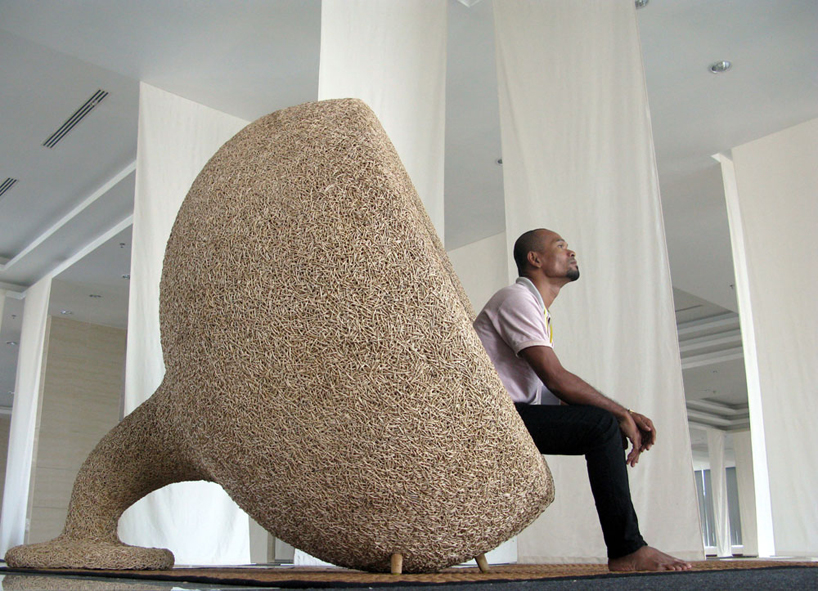 a type of nesting chair made from rattan designed by: per brolund and em riem image © WWF / per brolund
a type of nesting chair made from rattan designed by: per brolund and em riem image © WWF / per brolund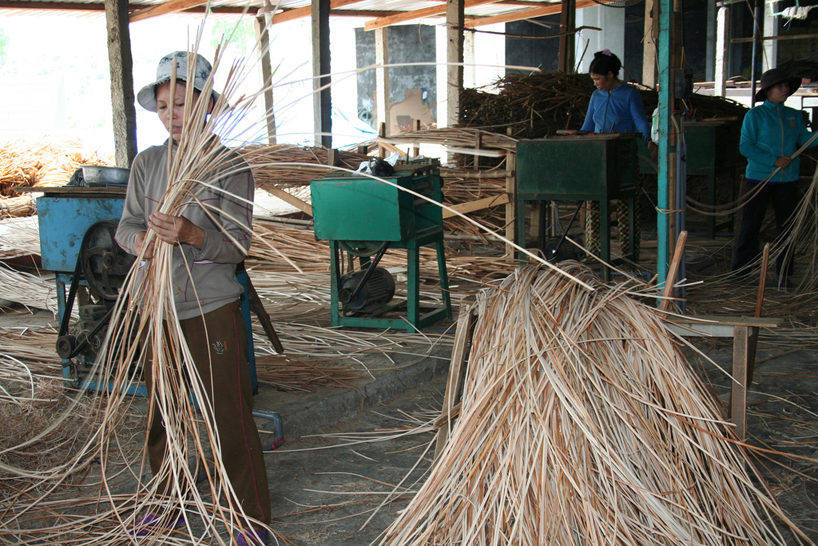 split rattan stems being sorted according to color, size and quality before they are processed and used to make products image © WWF vietnam / simone stammbach
split rattan stems being sorted according to color, size and quality before they are processed and used to make products image © WWF vietnam / simone stammbach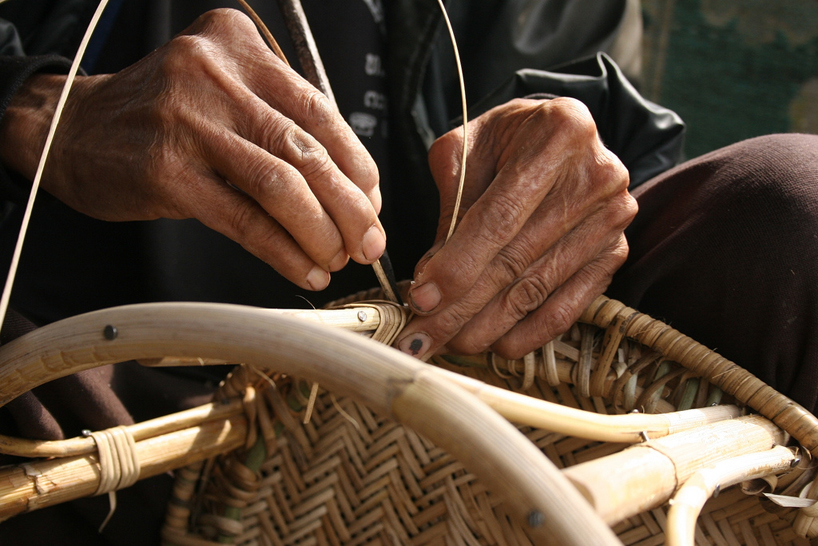 becoming popular in the twenties and thirties in europe, today rattan is still worked on by hand image © WWF laos / delphine joseph
becoming popular in the twenties and thirties in europe, today rattan is still worked on by hand image © WWF laos / delphine joseph


